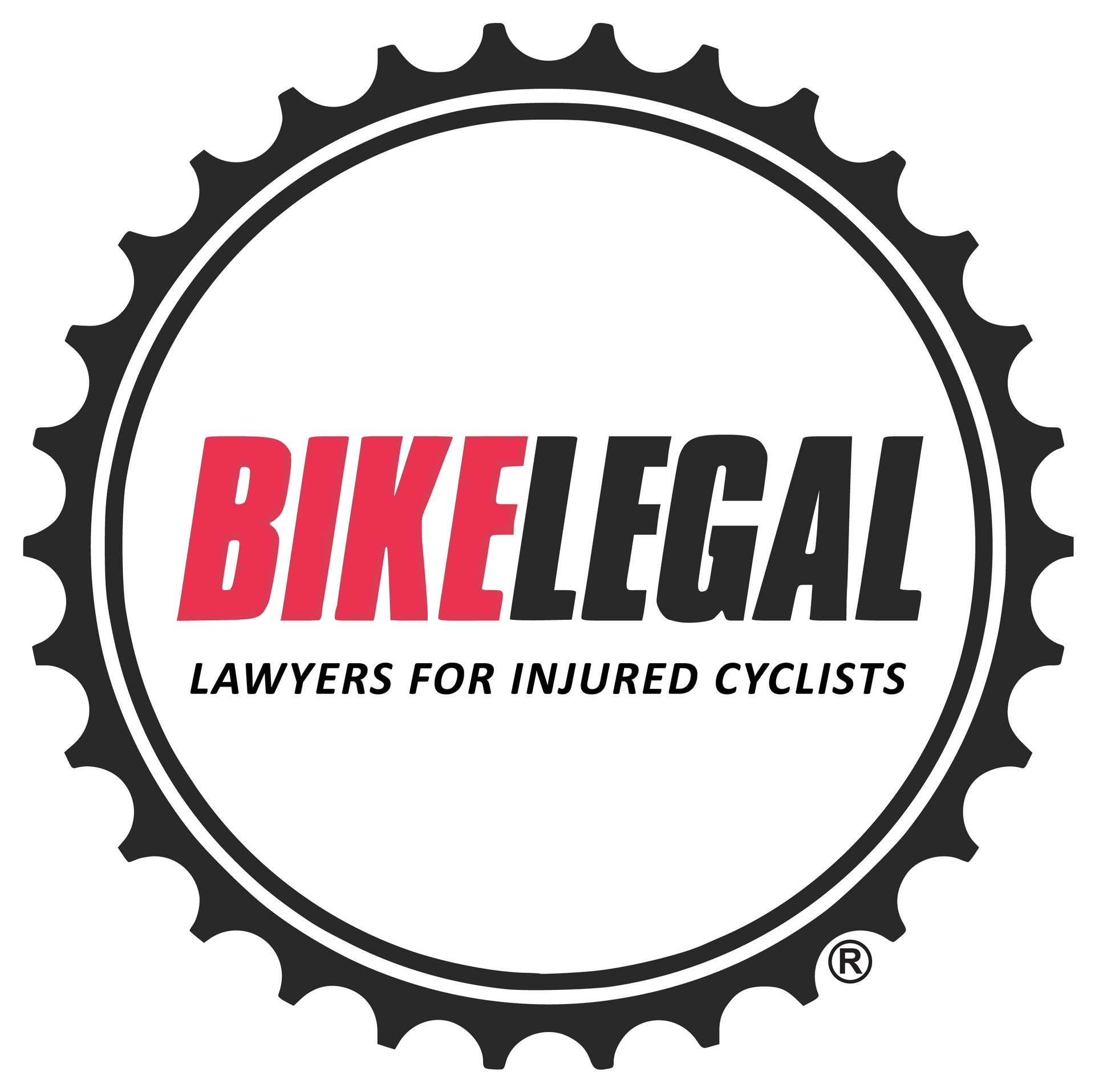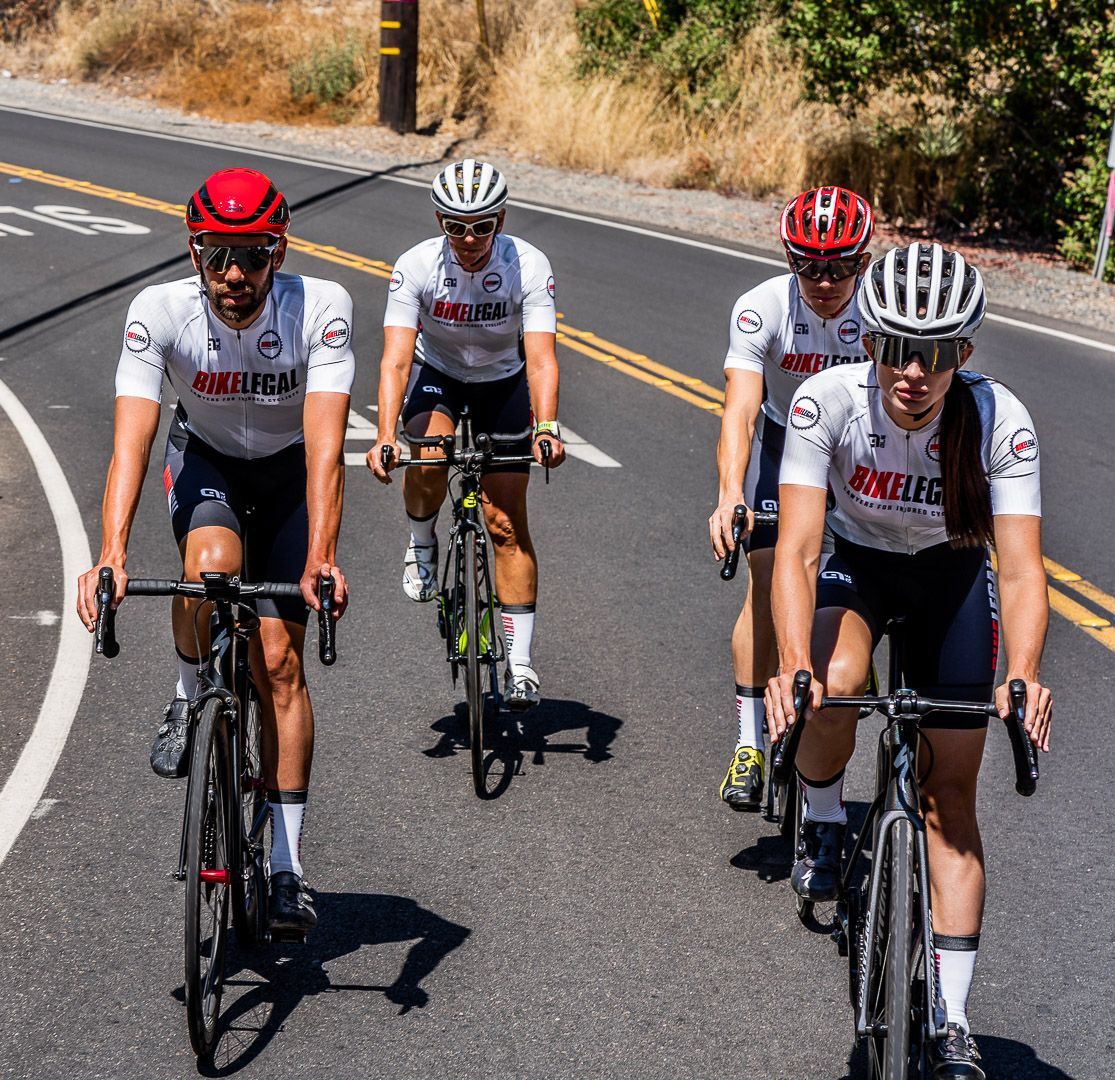How to Check if a Bike is Stolen Before You Purchase
Follow us on
social media!
Every 30 seconds, a bicycle is stolen in the U.S.—that’s over 2 million bikes each year. And with second-hand bikes flooding marketplaces, there’s a good chance you’ll come across a stolen bike without even knowing it. Buying a stolen bike can lead to legal issues, lost money, and the frustration of having it confiscated if the truth comes out. So, how can you be sure the bike you’re eyeing on craigslist is legit?
In this essential guide, we’ll walk you through exactly what you need to know to verify a bike’s status before buying:
- How to locate and check the serial number—the unique “fingerprint” of every bike.
- Top online resources for checking if a bike is reported stolen.
- Warning signs to watch out for in a second-hand deal.
- Practical steps you can follow right now to protect yourself.
Whether you’re buying from a local seller or online, following these steps will help you make a safe, informed decision—and avoid the risk of unknowingly buying stolen property.
TL;DR - How to Check if a Bike is Stolen Before You Purchase
These are essential steps to safely buy and sell a used bike and avoid the risk of buying stolen property:
- Locate and check the bike's serial number.
- Use trusted databases like Bike Index or Project 529 Garage.
- Watch for red flags like low prices or tampered serial numbers.
- Request proof of ownership and verify unique features.
- Consider adding a GPS tracker for security after purchase.
These simple steps will help you make an informed purchase, protecting both your investment and the wider cycling community.
Why It’s Crucial to Check if a Bike is Stolen Before You Buy
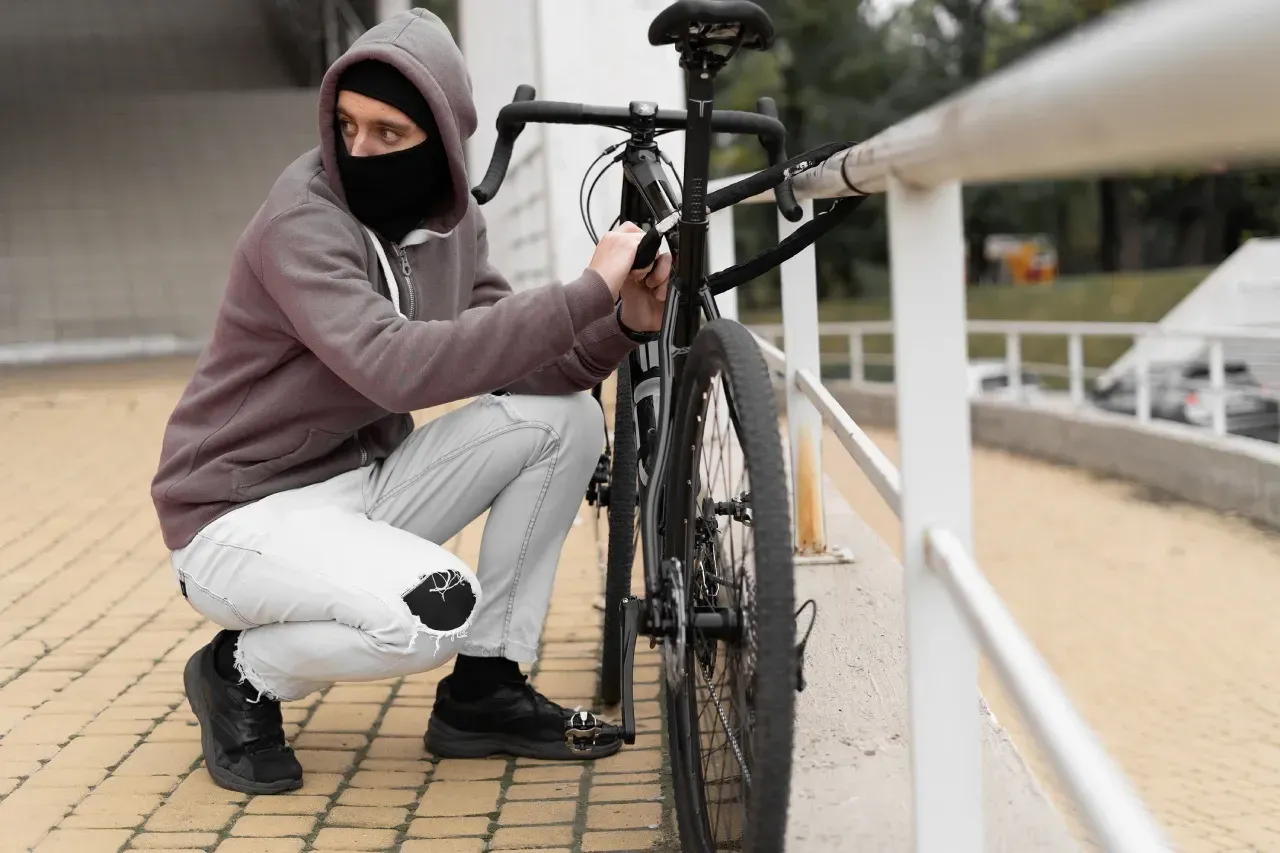
With bike theft on the rise, it’s more than just a good idea—it’s essential for protecting yourself from unexpected financial loss, legal issues, police call, and supporting a safer community. Whether you’re buying your first bike or adding to your collection, these insights will help you make a smart, secure purchase.
The Real Impact on Buyers and Cyclists
Buying a stolen bike isn’t just a “whoops” moment—it can come with some serious consequences:
- Legal Trouble: Even if you didn’t know, owning a stolen bike can lead to run-ins with the law. If the bike gets identified as stolen, it can be seized, leaving you with nothing but the receipt for a bike you can’t keep. Worst case? Legal hassles that you definitely didn’t sign up for.
- Financial Loss: No one wants to throw money down the drain. If the bike gets confiscated, you lose both the ride and the cash you spent. And unlike a bad purchase on eBay, there’s no refund for buying stolen property.
- An Emotional Sting: Owning a stolen bike can feel like a big betrayal. You might lose trust in buying used, question future deals, and—if cycling’s a big part of your life—find your routine turned upside down. Not the kind of buyer’s remorse anyone wants.
Why the Market Can Be a Minefield
The second-hand market is packed with great deals, of course, but it’s also where stolen bikes often end up. Here’s why checking a bike’s background is key:
- Stolen Bikes are Out There: Thieves often use online marketplaces, yard sales, and even some shops to offload stolen bikes. They count on people skipping the background check so they can make a quick sale.
- Verification Saves You Headaches: Checking a bike’s status isn’t just a formality—it’s a must. Knowing a bike is legit means you’re not only protecting your wallet but also buying with a clear conscience.
- Watch for Red Flags: Stolen bikes often come with certain giveaways:
- Vague descriptions
- Suspiciously low prices
- A seller who can’t provide basic documentation or proof of ownership
Spotting these signs can help you dodge a bad deal and keep the market safer for everyone.
How to Check a Bike's Serial Number for Theft History
A bike’s serial number is like its fingerprint—unique, traceable, and invaluable for verifying its history. In this section, we’ll cover where to find the serial number, why it’s so important, and how to use it to check if the bike has been reported stolen. With a few simple steps, you’ll be able to confirm the bike’s legitimacy and avoid potential pitfalls.
1. Locating the Serial Number
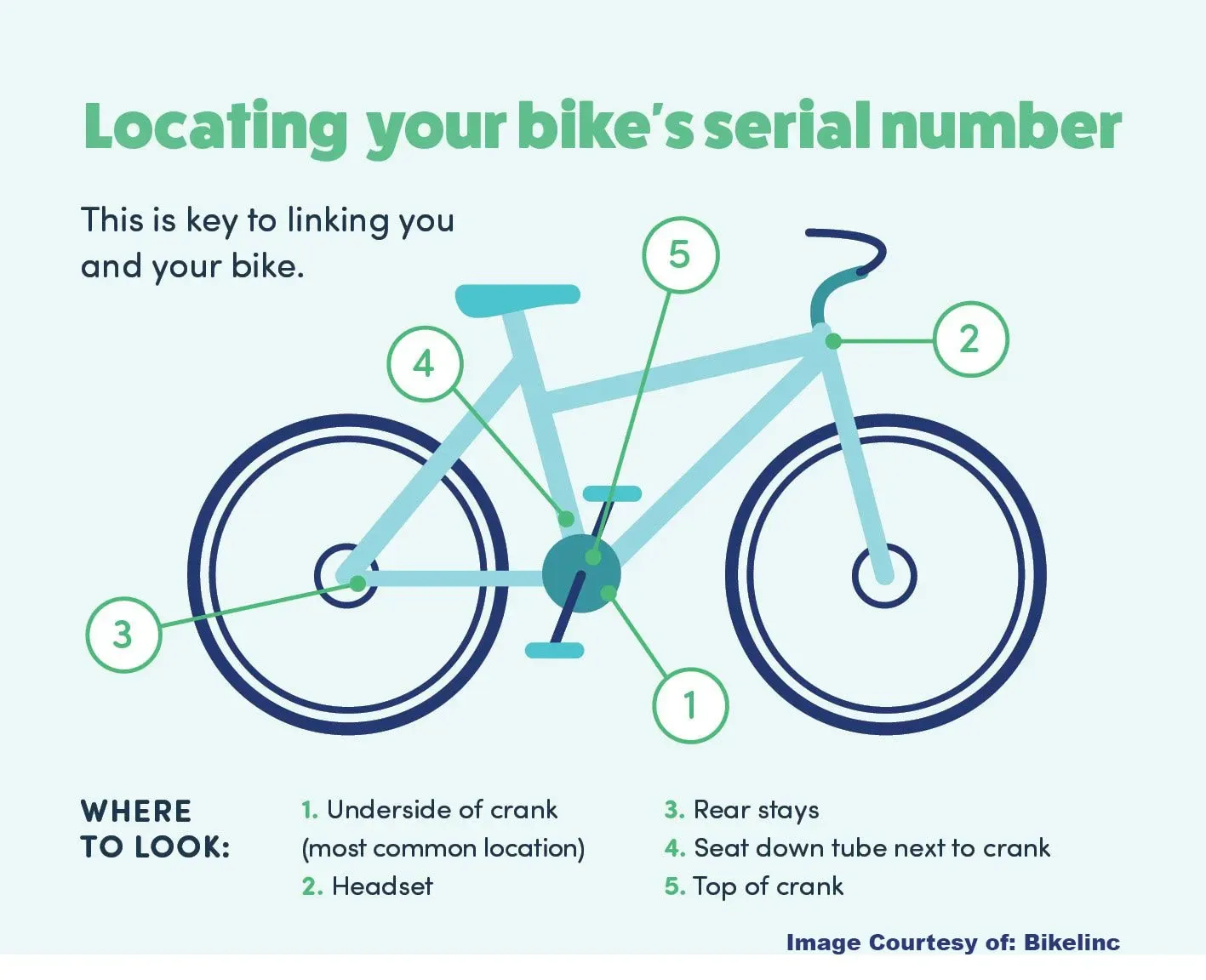
A bike’s serial number is its personal ID—usually between 6 to 10 characters. Here’s where to look:
- Bottom Bracket (Most Common): Flip the bike upside down and check the frame between the pedals, right on the bottom bracket. Most bikes, especially modern models, have their serial number here.
- Head Tube: If it’s not under the bike, check the head tube—the part of the frame connecting the handlebars. Look near the front fork; sometimes it’s engraved along the side or back of the tube.
- Rear Dropout: On some bikes, the serial number may be near the rear wheel connection point, known as the rear dropout. This is common on older or custom bikes.
- Alternative Locations: Certain brands may stamp the serial number in less common spots, such as the seat tube (below the seat post) or crank arms. If you’re having trouble, check online guides for your bike model’s typical serial location.
Pro Tip: Take a clear photo of the serial number for your records and write it down to make verifying it easier.
2. The Role of Serial Numbers
Think of a serial number as the fingerprint of your bike—a unique identifier that ties it to its original owner and history. Here’s why it matters:
- Ownership Verification: Verifying the serial number can tell you if the bike has been reported stolen, and it’s a standard step for checking legitimacy.
- Aiding Recovery: Should your bike ever get stolen, having the serial number on file greatly improves the chances of recovery. Law enforcement and bike registries use it to match recovered bikes to their owners.
Verification Tip: Enter the serial number in online databases like Bike Index or Project 529 Garage (we’ll cover these later) to check if it’s flagged as stolen.
3. Red Flag Alert
No serial number? Scratched-off or covered the hard-to-read digits? This could indicate a potential issue:
- Tampered Serial Number: Missing or damaged serial numbers are often a sign the bike might be stolen. Thieves sometimes scratch off or alter the number to avoid detection.
- How to Proceed: If you spot an altered or missing serial number, treat this as a major red flag. Ask the seller for proof of purchase, registration documents, or any maintenance records to confirm ownership. If the story doesn’t add up, it’s best to walk away.
Remember: A missing serial number may seem like a minor detail, but it’s often a sign that something isn’t right with the bike’s history.
Read Next: Steps to Take After a Bicycle Accident
The Best Online Resources to Check if a Bike is Stolen
When it comes to verifying if a bike is stolen, there are a few standout databases designed to help. These resources are simple to use and can save you from the risk of buying stolen property. Here’s a rundown of the top databases, a quick comparison, and how to use each.
1. Bike Index
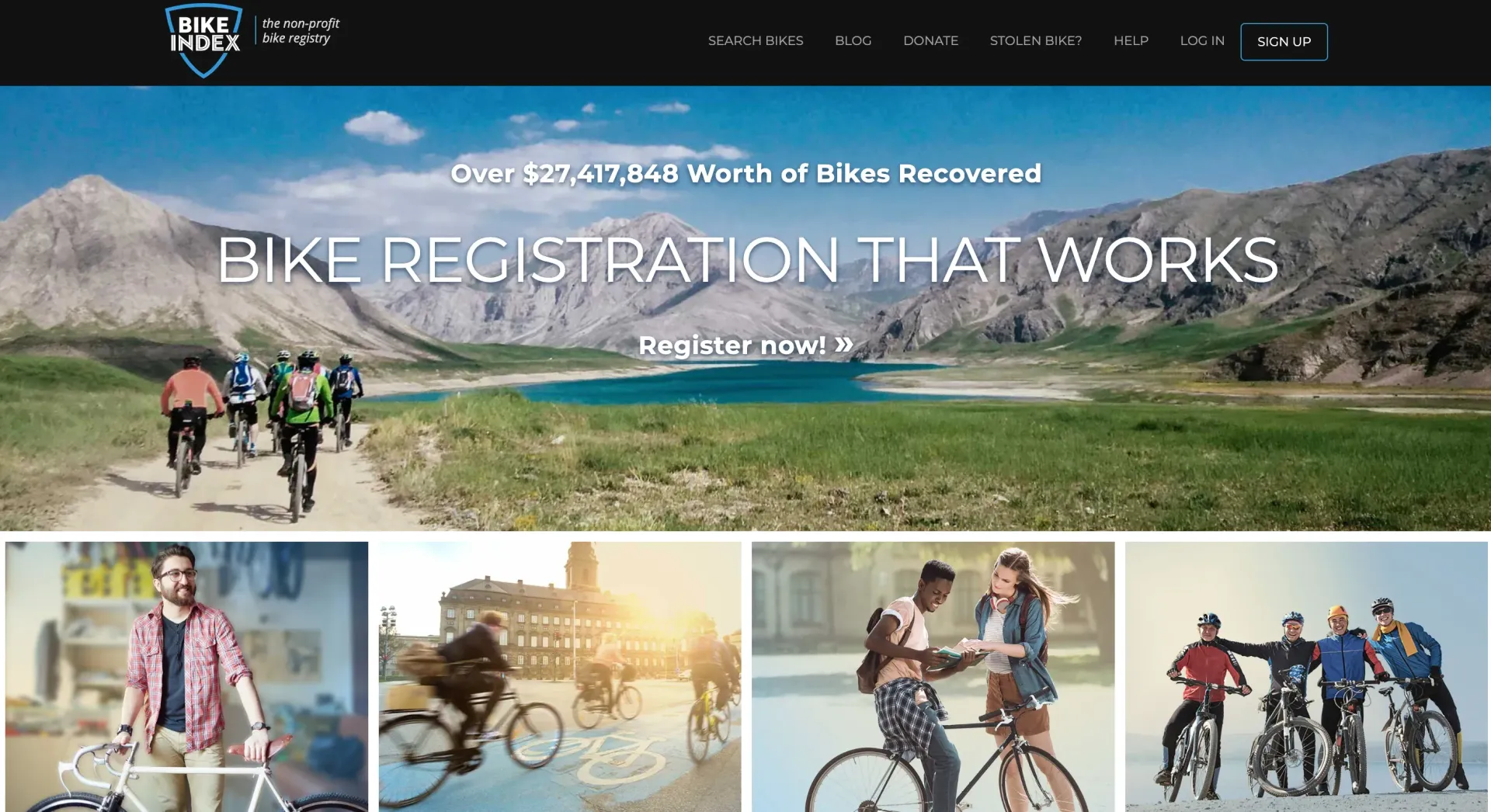
Bike Index is one of the largest bike registries in the U.S., supporting bike owners and local communities in the fight against bike theft. Users can easily register bikes, report them as stolen, and check if a bike they’re considering buying has been flagged.
Features
- Free Registration: Bike Index offers free registration for bike owners, making it accessible to all.
- Theft Reporting and Recovery: The platform allows users to report stolen bikes, supporting a community-driven approach to bike recovery.
- Community and Law Enforcement Partnerships: Collaborations with local law enforcement and bike shops enhance the chances of recovering stolen bikes.
How to Use
- Go to Bike Index’s website and enter the bike’s serial number.
- View any matching results, including reported stolen bikes.
- If purchasing, consider registering your own bike to help support the community.
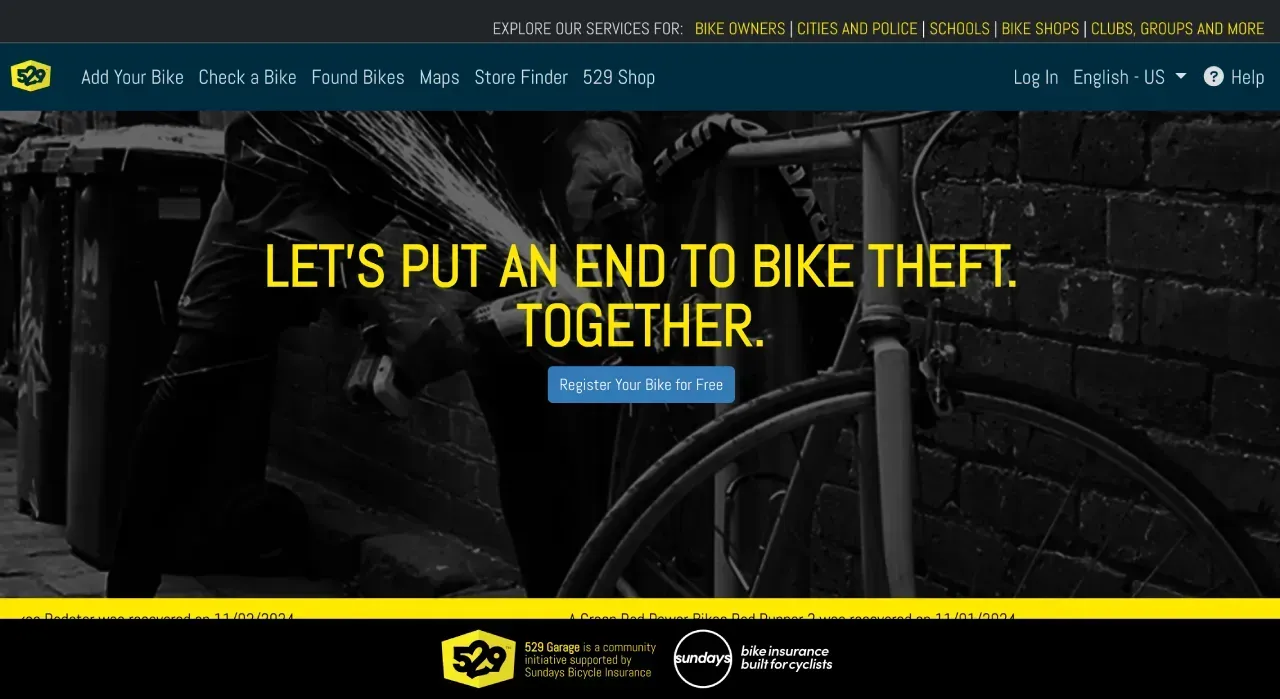
Project 529 Garage is a robust platform for bike registration, theft reporting, and real-time alerts. It’s widely used in North America and emphasizes community-driven recovery efforts, including partnerships with local authorities and community groups.
Features
- Mobile App: The Project 529 app allows for on-the-go access, enabling users to report or check bikes instantly.
- Real-Time Community Alerts: If a bike is reported stolen, Project 529 sends alerts to local users, increasing the chances of spotting it.
- 529 Shield Stickers: These tamper-resistant stickers, which include a scannable code, act as a theft deterrent and can quickly reveal bike details if scanned.
How to Use
- Install the Project 529 app and scan or enter the bike’s serial number.
- If the bike is reported stolen, details will be displayed.
- Consider applying for a 529 Shield sticker to deter theft and register your own bike for extra protection.
3. Bike Register
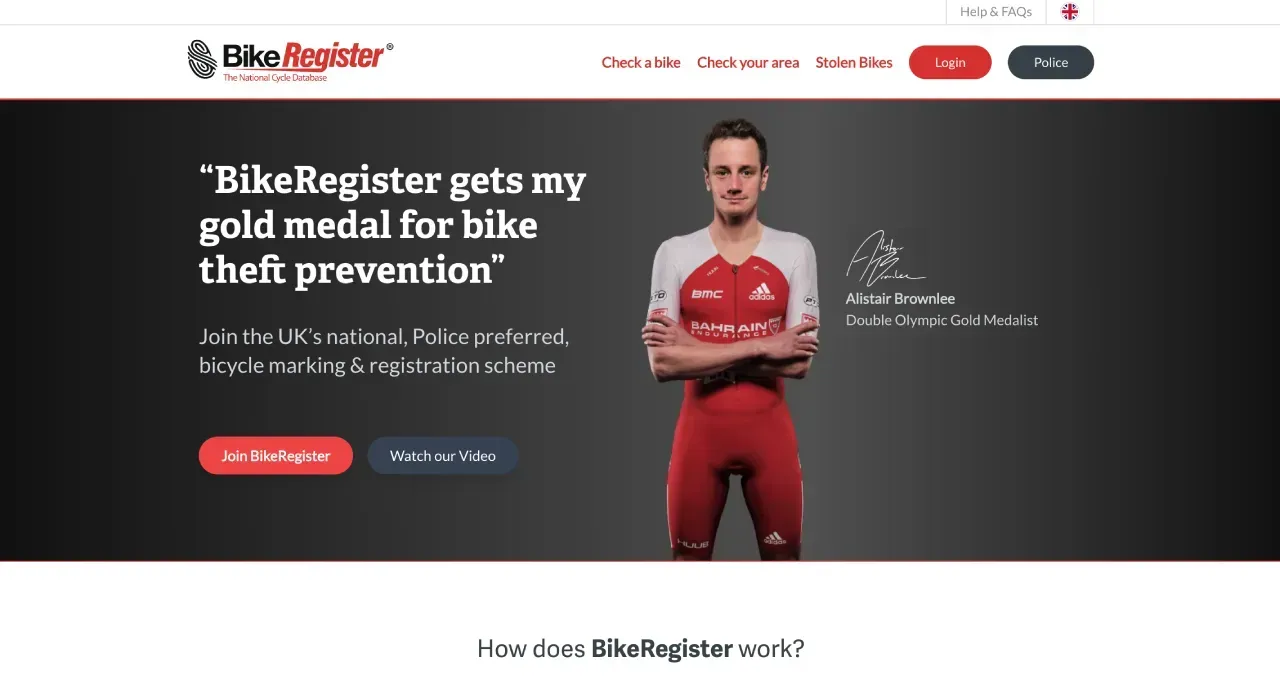
Bike Register is a leading bike registry in both the U.S. and the U.K., making it an effective tool for checking if a bike is reported stolen in multiple regions. The platform helps prevent theft and recover bikes through a networked approach that includes law enforcement involvement.
Features
- High-Risk Marking: Users can mark their bikes as “high risk,” increasing visibility to law enforcement and others.
- Law Enforcement Connections: Bike Register links directly with law enforcement agencies to facilitate recovery.
- Security Tags: Additional security tags are available for purchase, which can help deter theft by visibly showing that a bike is registered.
How to Use
- Visit Bike Register’s website and enter the serial number of the bike you want to check.
- Look for any theft reports or high-risk markers associated with the bike.
- Register your own bike and consider adding a security tag for extra theft protection.
Quick Comparison Table
| Database | Coverage | Key Features |
|---|---|---|
| Bike Index | U.S. & some international regions | Free registration, theft reports, recovery support |
| Project 529 Garage | U.S. & Canada | Mobile app, community alerts, 529 Shield stickers |
| Bike Register | U.S. & U.K. | Regional links with law enforcement, security tags |
This table makes it easy to compare each platform’s coverage and unique features so you can choose the one that fits your needs best.
How to Use These Databases
Checking a bike’s serial number through these resources is straightforward. Here’s a simple guide to get you started:
- Visit the Website or App:
- Head to Bike Index, Project 529 Garage, or Bike Register on your computer or download the app if available.
- Enter the Serial Number:
- Look for the “Check a Bike” or “Search” function.
- Input the bike’s serial number and any other information you have (e.g., brand, model, or color) to help narrow down the search.
- Review the Results:
- If the bike has been reported stolen, it will appear in the search results with details on when and where it was stolen.
- If there’s no match, that’s a good sign—but keep in mind it doesn’t guarantee the bike’s history is clear.
- For Further Verification:
- Project 529 Garage lets users connect with the local community, meaning if a bike is reported stolen, notifications go out to nearby users. This feature is especially helpful if you’re in an area with a high rate of bike theft.
- Consider registering your own bike to help the cycling community grow and prevent theft.
These databases are frequently updated and cover a large portion of the U.S., making them reliable and trusted resources. It’s always a good idea to cross-check a bike’s status on at least one or two platforms before buying.
Read Next: What to Do If Your Bicycle Gets Stolen
Warning Signs of a Stolen Used Bike
Buying a used bike can be a great deal, but sometimes an “amazing” deal is too good to be true. Knowing the warning signs of a potentially stolen bike can help you avoid legal trouble and financial loss. Here are the top red flags to watch for and key questions you can ask to make sure the bike you’re buying online is legit.
Signs of a Potentially Stolen Bike
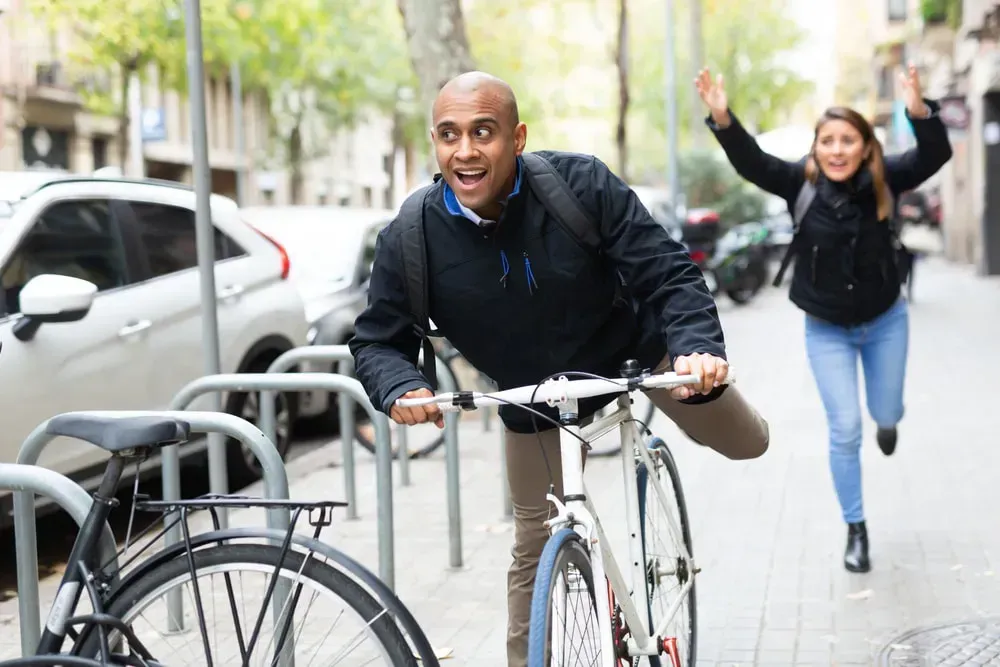
Keep an eye out for these common indicators of a stolen bike:
- Suspiciously Low Price: If the bike is priced way below market value, it could be a quick-sale tactic to offload stolen goods. Look up similar models to compare prices and see if this “deal” seems too good to be true.
- Vague or Inconsistent Details from the Seller: Sellers who give inconsistent answers or can’t provide basic information about the bike (e.g., model year, where it was purchased) may not actually know much about the bike—because it’s not theirs. Be wary of responses that don’t add up.
- Signs of Tampering Near the Serial Number: Scratches, dings, or worn areas around the serial number could indicate an attempt to alter or remove it. If the serial number is hard to read or partially missing, consider it a major red flag.
- Seller Refuses to Meet in Public: Most legitimate sellers will agree to meet in a neutral, public location. If the seller insists on meeting somewhere unusual or is reluctant to share contact information, proceed with caution.
- No Proof of Ownership: If the seller can’t provide a receipt, proof of purchase, or any documentation related to the bike, this could indicate it was acquired unlawfully.
Key Questions to Ask the Seller
To help verify the bike’s history, ask the seller these straightforward questions:
- “Do you have proof of purchase or a receipt?”: This simple question can reveal a lot. A legitimate seller will likely have a paper trail, while a thief will not.
- “Can you tell me about the bike’s history?”: See if the seller knows details like where the bike was purchased, any upgrades or maintenance done, and its general usage. Vague or inconsistent answers are a red flag.
- “Why are you selling the bike?”: This question can help gauge the seller’s motives. A genuine reason, like upgrading to a new model, is reasonable, while dodgy explanations or hesitations could be suspicious.
- “Can I see the serial number?”: Request to see the bike’s serial number and check if it’s intact and easy to read. If the seller gets defensive or refuses, consider it a warning sign.
Quick Reference List: Common Red Flags
For easy identification, here’s a quick list of red flags to keep in mind:
- Unusually low price
- Vague or inconsistent information from the seller
- Serial number is missing, scratched, or hard to read
- Seller avoids meeting in a public place
- No proof of ownership or documentation
- Seller hesitates or reacts negatively to questions
Smart Steps to Take Before Committing to a Bike Purchase
Taking preventive steps before buying a bike can save you from accidentally purchasing stolen property. Here are the top actions you should take to ensure your potential purchase bike stolen anything is legitimate and risk-free.
1. Check the Bike’s History
A quick background check goes a long way. Running the serial number through the databases mentioned earlier—Bike Index, Project 529 Garage, or Bike Register—can reveal if the person or bike has been reported stolen.
- Step-by-Step:
- Start by locating the serial number (usually on the bottom bracket, head tube, or rear dropout).
- Visit one of the online databases and enter the serial number in the search function.
- If the bike has been reported stolen, the search will likely show details of the theft, including the date, location, and contact information for the original owner.
- Why This Matters: A quick database search is one of the most effective ways to ensure the bike you’re considering isn’t flagged as stolen. Think of it as a fast, free safety check for your purchase.
2. Request Documentation
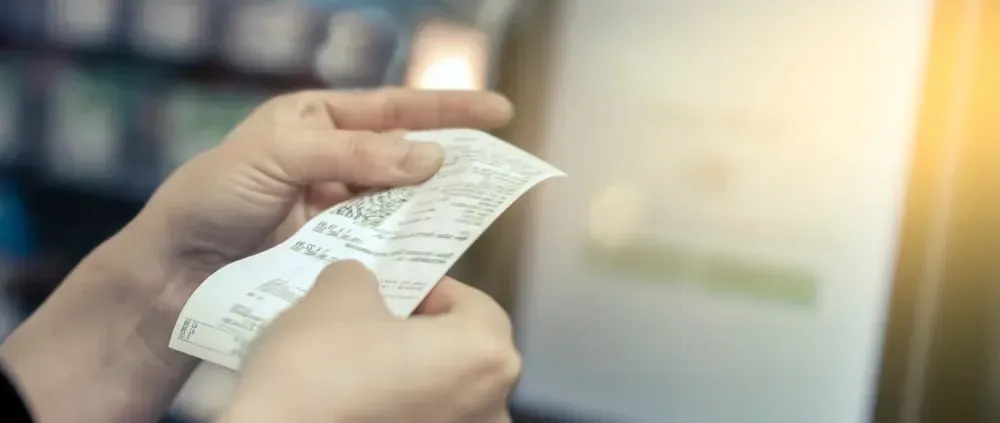
Asking registered owner for documentation is a simple but important step to verify the bike’s ownership. Here’s what to look for:
- Bill of Sale: A bill of sale is a formal document that records the transfer of ownership. Ideally, this should include the seller’s information, the date of sale, the bike’s make and model, and the serial number. This paperwork adds legitimacy to the transaction.
- Proof of Ownership: Ask if the seller has any original proof of purchase or registration documents. Some owners register their bikes through programs or dealerships that provide ownership certificates or receipts. A genuine seller should be able to show this documentation.
- Maintenance Records: If the seller has any records of regular maintenance or repairs, that’s a bonus. These documents not only provide insight into the bike’s history but also suggest that the owner has taken care of it over time.
Tip: If the seller hesitates or can’t provide any of these documents, consider it a warning sign. Most legitimate sellers will be able to show at least a receipt or basic proof of ownership.
3. Verify Distinguishing Features
Many bikes come with unique features, which can be a helpful way to verify ownership and cross-check against stolen bike listings. Here’s what to look for:
- Custom Parts: Some bikes have unique add-ons, like upgraded wheels, modified handlebars, or custom saddles. Ask the seller if any parts have been customized, and take note of these details.
- Stickers or Decals: Many cyclists personalize their bikes with stickers, decals, or even paintwork. These can be distinctive markers that help identify the bike if it’s ever reported stolen.
- Wear and Tear Marks: Scratches, dings, or minor wear marks are often unique to a bike’s history. These details can be a useful reference if you’re cross-checking with stolen bike listings. Note any prominent marks and compare them to photos or descriptions of stolen bikes.
Pro Tip: Take photos of these distinguishing features or ask the seller to share any they may already have. This can help verify that the bike you’re buying matches its claimed history and hasn’t been altered or disguised.
These measures can protect your investment and help you avoid the risk of buying stolen property, making your used bike purchase both safe and secure.
Pro Tips to Keep Your Bike Safe and Theft-Free
In addition to taking steps to verify a bike’s legitimacy before purchasing, there are also preventive measures you can take to protect your bike long-term. From connecting with the local cycling community to investing in advanced security, here are some effective ways to stay safe and prevent bike theft.
1. Join Community Networks for Reporting
Getting involved with local cycling communities can be an excellent resource for preventing and dealing with bike theft. Here’s how these networks can make a difference:
- Local Cycling Groups: Many cities have established cycling communities, both online and offline. These groups often have forums, social media pages, and even WhatsApp or Telegram groups where members can share information about stolen bikes, suspicious listings, or recent theft activity in the area.
- Online Forums and Facebook Groups: Platforms like Facebook have groups specifically for cyclists in different regions, such as “Bike Commuters of [Your City]” or “Stolen Bikes Alert – [Your Region].” By joining, you can stay updated on theft trends, look out for posts about stolen bikes, and post your own alerts if necessary.
- Local Bike Shops and Clubs: Some bike shops and clubs support bike theft prevention by keeping a log of stolen bikes, distributing flyers, or offering discounted security accessories to members. Connecting with these businesses can give you an added layer of support.
Tip: The more eyes on the lookout, the better. If your bike does get stolen, posting about it in these groups and sharing pictures can help increase the chances of recovery by getting the word out fast.
2. Consider GPS Trackers and Smart Locks
Investing in a GPS tracker or smart lock is a proactive way to keep tabs on your bike’s location and make it a harder target for thieves, especially if you own a high-value bike.
- GPS Trackers: These compact devices attach to your bike and allow you to track its location in real-time. Here’s what makes them effective:
- Stealthy Placement: Some GPS trackers are designed to blend in or be hidden within the bike frame, making it difficult for thieves to spot.
- Real-Time Tracking: With GPS-enabled apps, you can monitor your bike’s location from your phone. If it gets stolen, this feature can significantly improve the chances of recovery by helping you and law enforcement pinpoint its location.
- Popular Models: Some well-regarded GPS trackers include the Tile Sticker, Apple AirTag (with a separate attachment for the bike), and Invoxia GPS Tracker.
- Smart Locks: In addition to a traditional lock, consider adding a smart lock for enhanced security. Here’s why they’re worth considering:
- Keyless Convenience: Many smart locks operate through Bluetooth, fingerprint, or keypad entry, meaning no keys to lose and no locks to pick.
- Theft Alarms: Some smart locks come with built-in alarms that trigger if someone tampers with the lock or tries to move the bike. This can deter theft attempts and alert you instantly through a mobile app.
- Popular Smart Lock Brands: Trusted smart lock brands like Linka, Lattis Ellipse, and Seatylock offer models with anti-theft alerts, keyless access, and even GPS tracking for additional security.
Pro Tip: Use a combination of a strong traditional lock (like a U-lock) with a smart lock or GPS tracker for double protection. This combo makes your bike both harder to steal and easier to track if it’s taken.
Taking these extra steps doesn’t just protect your bike—it makes your local cycling community safer and more connected. The combination of community support, advanced security tech, and proactive prevention can significantly reduce the risk of theft, giving you peace of mind whenever you lock up your bike.
Read Next: Top Bike Locks and How To Choose the Right One
Protect Your Purchase and the Cycling Community
Taking proactive steps before buying a used bike can save you from unexpected costs, legal headaches, and disappointment. Verifying a bike’s legitimacy isn’t just about protecting yourself—it’s about contributing to a safer cycling community. A quick serial number check, a glance through trusted databases, and connecting with local networks can make all the difference in finding a bike you can ride with confidence.
Quick Takeaways to Remember for a Safe Purchase:
- Verify the Serial Number: Ensure the bike’s ID checks out with available records.
- Use Online Databases: Tap into tools like Bike Index and Project 529 to spot any red flags.
- Stay Cautious with Used Bike Sales: Watch for suspicious pricing and missing documentation.
- Request Proof of Ownership: Always ask for a bill of sale, receipt, or any documentation linking the seller to the bike.
Ride Protected, Ride Safe, with BIKE LEGAL
At Bike Legal, we’re cyclists representing cyclists. With unmatched expertise in bicycle accident law and a deep understanding of cycling, we fight to secure justice and fair compensation for injured cyclists. Beyond legal representation, we’re passionate advocates for bicycle safety and education. Contact us today for a free consultation.
Call 877-BIKE LEGAL (877 245-3534) for a free consultation or submit a form today.
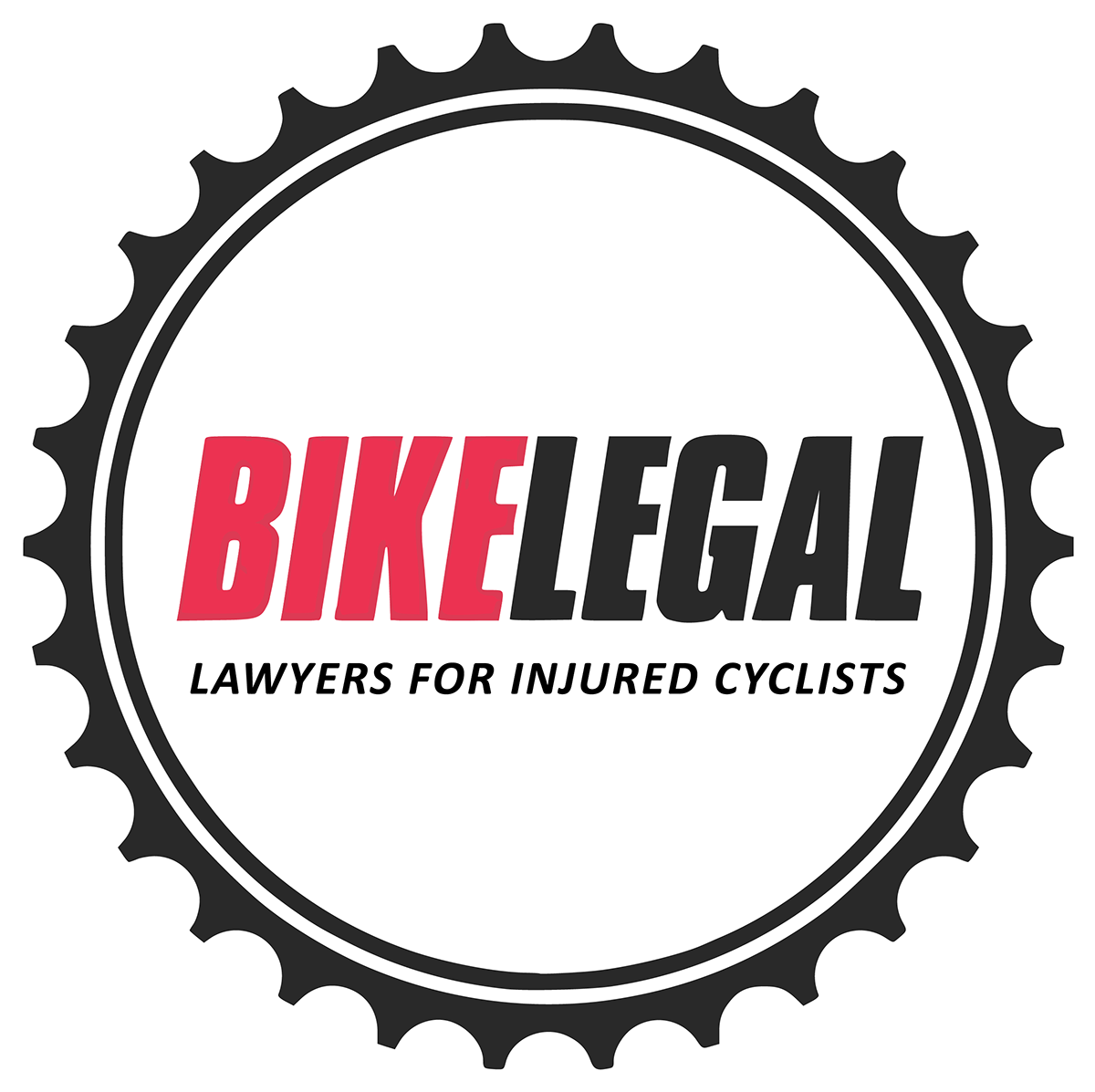
FAQs: How to Check if a Bicycle is Stolen
1. Can I check if a bike is stolen without the serial number?
Yes, but it’s more challenging. If the bike doesn’t have a visible serial number, you can ask the seller for proof of ownership, such as a receipt, registration, or maintenance records.
Additionally, you can look for unique features, like custom parts or decals, and cross-check photos with stolen bike reports on local or national platforms like Facebook groups or cycling forums. However, a serial number is the most reliable way to verify a bike’s history.
2. What should I do if I unknowingly bought a stolen bike?
If you discover the bike you purchased is stolen, contact your local police department immediately. Provide any documentation you have, such as the receipt, and share details about the seller.
While it’s unfortunate, the bike may need to be returned to its rightful owner. Acting quickly shows good faith and can help you avoid legal consequences.
3. Are online marketplaces safe for buying used bikes?
Online marketplaces can be safe if you take precautions. Check the seller’s profile, reviews, and activity history for signs of legitimacy. Always meet in a public place, ask for proof of ownership, and verify the bike’s serial number using platforms like Bike Index or Project 529 Garage. If the deal seems too good to be true, trust your instincts and proceed with caution.
Read Next:
